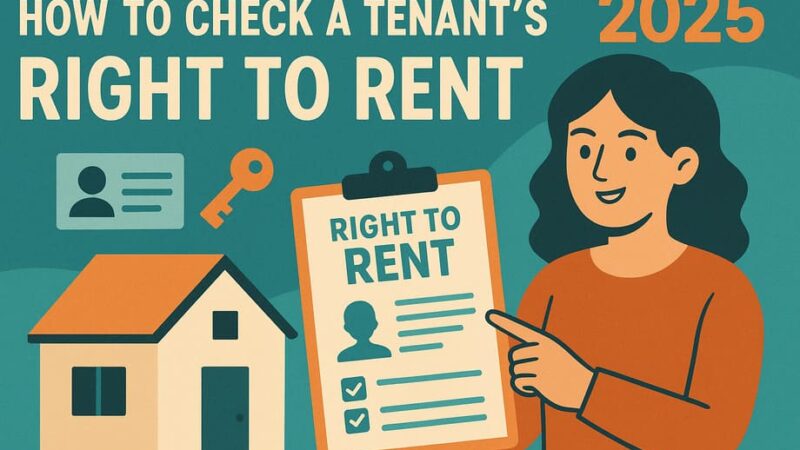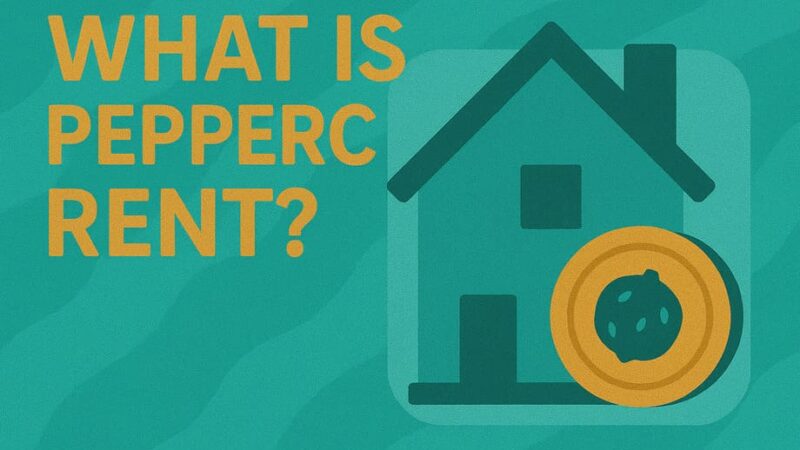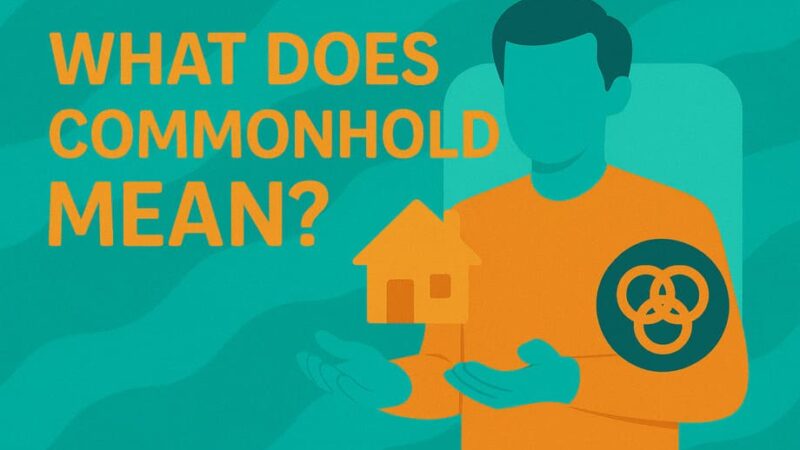Are Landlords Responsible for Mice in Flats? Complete UK Legal Guide 2025

Mouse infestations in rental properties create significant stress for tenants and complex legal questions about responsibility. Understanding who is liable for dealing with mice in flats depends on various factors including the cause of the infestation, property condition, and tenant behavior. This comprehensive guide explains the legal framework, responsibilities, and practical steps for both landlords and tenants dealing with mouse problems in UK rental properties.
The Legal Framework: Understanding Pest Control Responsibilities
Primary Legislation Governing Pest Control
The Homes (Fitness for Human Habitation) Act 2018 represents the cornerstone of modern pest control law in rental properties. This Act requires landlords to ensure their properties are fit for human habitation throughout the tenancy, which explicitly includes being free from pest infestations.
While there is no legislation that specifically says landlords are responsible for the eradication of vermin in a rental property, the law is clear on one thing: landlords have a legal responsibility to ensure their properties are habitable, which in a civilised society, means free from rodents.
The Landlord and Tenant Act 1985
The Landlord and Tenant Act 1985 places a responsibility on landlords to maintain a property in a habitable condition. Under section 11 of the Landlord and Tenant Act 1985, landlords must maintain the structure and exterior of the property, in a way that prevents pests from entering in the first place.
Key Section 11 Obligations:
- Maintain the structure and exterior of the property
- Keep installations for water, gas, electricity, and heating in working order
- Ensure the property remains weatherproof and secure
- Address structural defects that could allow pest entry
Housing Health and Safety Rating System (HHSRS)
The Housing Act 2004 established the Housing Health and Safety Rating System (HHSRS). Section C Protection against infection covers domestic hygiene, pests, and refuse, including hazards resulting from poor design/layout/construction of the dwelling so that it is difficult to be kept clean and hygienic; access into and harbourage within the dwelling for pests; and inadequate and unhygienic provision for storage and disposal of household waste.
When Landlords Are Responsible for Mice in Flats
Structural Issues and Building Defects
Landlords are responsible for dealing with mice infestations if they result from structural issues or external factors. Similarly to rats, landlords are also responsible for dealing with mice infestations if they result from structural issues or external factors. Mice can enter properties through small cracks, gaps, or other weaknesses in the building’s exterior.
Structural Problems Requiring Landlord Action:
- Cracks in external walls allowing mouse entry
- Gaps around pipes, vents, or utility penetrations
- Damaged window frames or door seals
- Missing or damaged air bricks
- Holes in walls or floors from previous installations
- Faulty drainage systems creating access points
Pre-Existing Infestations
If pests were already present in the property before the tenants moved in, the landlord bears full responsibility for addressing the problem. This emphasizes the importance of thorough property inspections and pest control measures between tenancies.
Property Design and Maintenance Failures
According to the Fitness for Human Habitation Act, if the property is more susceptible to a pest infestation due to its ‘poor design, layout, and construction’, then it’s the landlord’s responsibility to solve the problem.
Design-Related Responsibilities:
- Inadequate ventilation systems
- Poor building layout facilitating pest movement
- Insufficient waste storage facilities
- Lack of proper pest-proofing measures
- Structural features that create pest harbourage
When Infestations Affect Health and Safety
Your landlord might also be responsible for dealing with an infestation if it means your home isn’t safe for you to live in – for example if it’s making you or your family ill. When mouse infestations pose health risks or make properties uninhabitable, landlords must act regardless of the initial cause.
When Tenants Are Responsible for Mice
Poor Housekeeping and Hygiene
Tenants are responsible for pest control if the infestation results from their actions or neglect. Poor housekeeping, such as leaving dirty dishes or allowing rubbish to accumulate, can attract pests like mice and cockroaches.
Tenant Actions That Attract Mice:
- Failing to properly dispose of waste attracts mice into the property
- Poor housekeeping or hygiene, such as leaving food out, not cleaning up crumbs, or allowing bins to overflow
- Not taking reasonable steps to keep the property clean and tidy, as required by the tenancy agreement or the general duty to act in a “tenant-like manner”
- Ignoring instructions or guidance provided by the landlord regarding pest prevention and property care
The “Tenant-Like Manner” Principle
Tenants have a legal obligation to act in a ‘tenant-like manner’. First decreed by Lord Judge Denning in 1954 during the Warren v Keen case, the term refers to a tenant’s responsibilities when living in a rented property.
“Tenant-Like Manner” Includes:
- Proper food storage in sealed containers
- Regular cleaning and maintenance of living areas
- Appropriate waste disposal practices
- Prompt reporting of maintenance issues
- Following reasonable landlord guidance on property care
Tenant-Caused Structural Damage
If a tenant has made holes in the wall to run cables into the property and leaves rubbish lying around, it could arguably be their fault if rats subsequently move in. Tenants who create structural vulnerabilities through unauthorized modifications may bear responsibility for resulting infestations.
Shared Responsibility and Grey Areas
Determining Causation
Sometimes the cause will be obvious (for instance, overflowing bins), but often it’s unclear, particularly in flats or where it’s difficult to see how mice are getting into a property. The responsibility will generally fall to whichever party has caused the issue for the pests to enter the home.
Factors Affecting Responsibility:
- Timeline of when infestation first appeared
- Property condition at tenancy start
- Tenant behavior and cleanliness standards
- Presence of structural vulnerabilities
- Local environmental factors
Professional Assessment Requirements
Ask the pest control company to take photos and write a report, as this is useful evidence in the event of a complaint to the council. Professional pest control assessments can help determine the primary cause of infestations and clarify responsibility.
Special Considerations for Flats and HMOs
Communal Areas in Flat Blocks
Tell your landlord about any pest problems in communal areas, such as shared hallways or stairs in a block of flats. The landlord may be responsible if they own the whole building. If not, they should report the problem to the owner.
Houses in Multiple Occupation (HMOs)
HMO landlords have slightly more responsibility when it comes to infestations in shared housing. If there is a rat infestation in shared areas of the property, then this will fall solely on the landlord. However, if the tenants are to blame for the infestation, then the same rules apply: the tenant will be responsible for dealing with the problem.
HMO-Specific Obligations:
- Tenants in an HMO must “store and dispose of litter in accordance with the arrangements made by the manager”
- Responsibility for waste disposal ultimately stops with the HMO manager
- HMO licences often contain particular provisions relating to pest control
Legal Remedies and Enforcement
Tenant Rights and Reporting Procedures
If a tenant encounters a pest problem in their rental property, they should immediately report the issue to their landlord. The landlord should then take action to resolve the issue as soon as possible.
Tenant Reporting Steps:
- Document the infestation with photographs and written records
- Report to landlord immediately in writing
- Allow reasonable time for landlord response
- Contact local authority if landlord fails to act
- Seek legal advice for persistent problems
Local Authority Powers
You can complain to environmental health at the council. They can come round and inspect your home. Pests can be a hazard and the council could tell your landlord to fix the problem.
Council Enforcement Powers:
- Inspect properties for pest hazards under HHSRS
- Issue improvement notices requiring remedial action
- Arrange pest control services and recover costs
- Take prosecution action for non-compliance
- Close properties that are unfit for habitation
Legal Action and Compensation
If a landlord fails to put right health and safety issues (a vermin infestation falls into this category), they can be prosecuted by the tenant or local authority. In severe cases, tenants may be awarded substantial compensation.
Available Legal Remedies:
- Claims for breach of tenancy agreement
- Compensation for health impacts and damaged belongings
- Rent reduction for uninhabitable conditions
- Costs of alternative accommodation during treatment
- Legal costs and expenses
Prevention Strategies for Landlords
Proactive Property Management
Prevention is better than cure, especially as by the time a pest control company has investigated the problem, the rats and mice may have caused considerable damage to the property.
Essential Prevention Measures:
- Look at the exterior walls to see if there are any gaps in the mortar which need filling
- Fill in gaps around pipes and vents
- Seal unused pipes and drains
- Provide suitable bins for your tenants to put rubbish into
- Replace damaged bins promptly
- Speak to your tenants if they are not putting the bins out each week, or are allowing rubbish to accumulated
Regular Inspections and Maintenance
Landlord Inspection Checklist:
- Check external walls for cracks or gaps
- Inspect window and door seals
- Examine areas around utility penetrations
- Assess waste storage adequacy
- Look for signs of previous pest activity
- Verify tenant compliance with cleanliness standards
Tenant Education and Communication
It’s important to nip infestations in the bud, as they can quickly get out of hand. Landlords should react quickly if a tenant reports an infestation of mice, rates, maggots, bedbugs etc to diagnose the cause and eliminate the problem.
Effective Tenant Communication:
- Provide clear guidance on pest prevention at move-in
- Include pest prevention clauses in tenancy agreements
- Respond promptly to tenant reports
- Arrange professional treatment when needed
- Follow up to ensure problems are resolved
Tenant Obligations and Best Practices
Daily Prevention Responsibilities
Tenants have a responsibility to keep the property clean and take preventive measures against pests. This means storing food properly, disposing of rubbish in designated areas, and promptly reporting any signs of a mice infestation to the landlord or letting agent.
Essential Tenant Practices:
- Store food in sealed, mouse-proof containers
- Clean up food debris and crumbs immediately
- Dispose of waste in provided bins with tight-fitting lids
- Keep kitchen and dining areas clean
- Report maintenance issues that could allow pest entry
- Follow landlord guidance on property care
Early Detection and Reporting
The earlier you can tackle a mouse infestation, the better. Always keep an eye out for any evidence of mice, such as droppings, gnaw marks and even nests in your home.
Signs of Mouse Infestation:
- Small dark droppings, particularly near food sources
- Gnaw marks on food packaging, furniture, or wiring
- Scratching or scurrying sounds in walls or ceilings
- Strong ammonia-like odor from mouse urine
- Nesting materials in hidden areas
- Grease marks along walls from mouse fur
Cost Responsibilities and Financial Implications
Who Pays for Pest Control?
Whoever is responsible for a pest infestation should be liable for the cost of getting them removed. You should not be charged if the infestation is the landlord’s responsibility.
Cost Allocation Guidelines:
- Landlord pays: Structural issues, pre-existing infestations, property defects
- Tenant pays: Poor housekeeping, unauthorized modifications, neglect
- Shared costs: Complex cases requiring professional assessment
Professional Pest Control Costs
Getting rid of mice or rats is likely to need several visits and could cost around £200. The costs for council pest control will depend on where you live and the scale of the problem.
Typical Cost Ranges:
- Council pest control: £50-150 (often cheaper but potentially slower)
- Private pest control: £150-300 for comprehensive treatment
- Emergency callouts: £200-400 depending on urgency
- Follow-up visits: £50-100 per visit
Insurance and Liability Considerations
Landlord Insurance Coverage
Since most landlord insurance policies do not cover damage caused by pests such as insects and vermin, it’s important to educate tenants on how to prevent pest infestations.
Insurance Limitations:
- Most policies exclude gradual pest damage
- Emergency pest removal may have limited coverage
- Property damage from mice (e.g., chewed wiring) often excluded
- Legal expenses for disputes may be covered separately
Liability for Property Damage
Whoever is responsible for the infestation must pay for damage caused by the pests – for example, replacing chewed cables. This includes both the cost of pest removal and repairs to any damage caused.
Practical Steps When Mice Are Discovered
Immediate Action Protocol
Regardless of whose responsibility it is to pay for pest control services to treat the infestation, authorise treatment so that the problem is nipped in the bud. Don’t wait to argue it out with the tenant.
Emergency Response Steps:
- Secure the area and remove accessible food sources
- Document the infestation thoroughly with photos and notes
- Contact professional pest control immediately
- Notify relevant parties (landlord/tenant) in writing
- Begin treatment while determining responsibility
- Follow up to ensure complete eradication
Long-Term Resolution Strategy
Comprehensive Solution Approach:
- Identify and seal all entry points
- Address underlying property maintenance issues
- Implement ongoing monitoring systems
- Establish clear prevention protocols
- Review and update tenancy agreement clauses
Recent Legal Developments and Future Changes
Awaab’s Law and Enhanced Protections
The introduction of Awaab’s Law is an important step forward in ensuring safe and healthy living conditions in social housing, with implications for pest control responsibilities across all rental sectors.
Emerging Trends in Pest Control Law
Developing Legal Principles:
- Increased emphasis on prevention over reaction
- Stronger tenant protections for health impacts
- Enhanced local authority enforcement powers
- Greater liability for landlords failing to act promptly
Conclusion and Best Practice Recommendations
The question of whether landlords are responsible for mice in flats cannot be answered with a simple yes or no. Responsibility depends on the cause of the infestation, property conditions, and tenant behavior. However, the legal trend clearly favors landlord responsibility, particularly when structural issues or property maintenance failures contribute to pest problems.
Key Takeaways for Landlords
- Proactive prevention is more cost-effective than reactive treatment
- Swift response to tenant reports minimizes legal and financial risks
- Professional assessment helps determine responsibility accurately
- Clear communication with tenants prevents disputes
- Regular maintenance reduces pest vulnerabilities
Key Takeaways for Tenants
- Maintain high cleanliness standards to avoid responsibility for infestations
- Report problems immediately to protect your rights
- Document all communications and property conditions
- Understand your prevention obligations under tenancy agreements
- Know your rights and available remedies
Final Recommendations
The most effective approach to mouse control in rental properties involves cooperation between landlords and tenants, with clear understanding of respective responsibilities. Landlords should focus on maintaining properties in pest-resistant condition while tenants should prioritize cleanliness and prompt reporting. When problems arise, swift professional intervention serves everyone’s interests and minimizes both health risks and legal complications.
Understanding these responsibilities and working collaboratively creates the best outcomes for maintaining pest-free rental properties that meet legal standards for habitability and safety.
Last Updated on August 21, 2025 by James Cartwright







